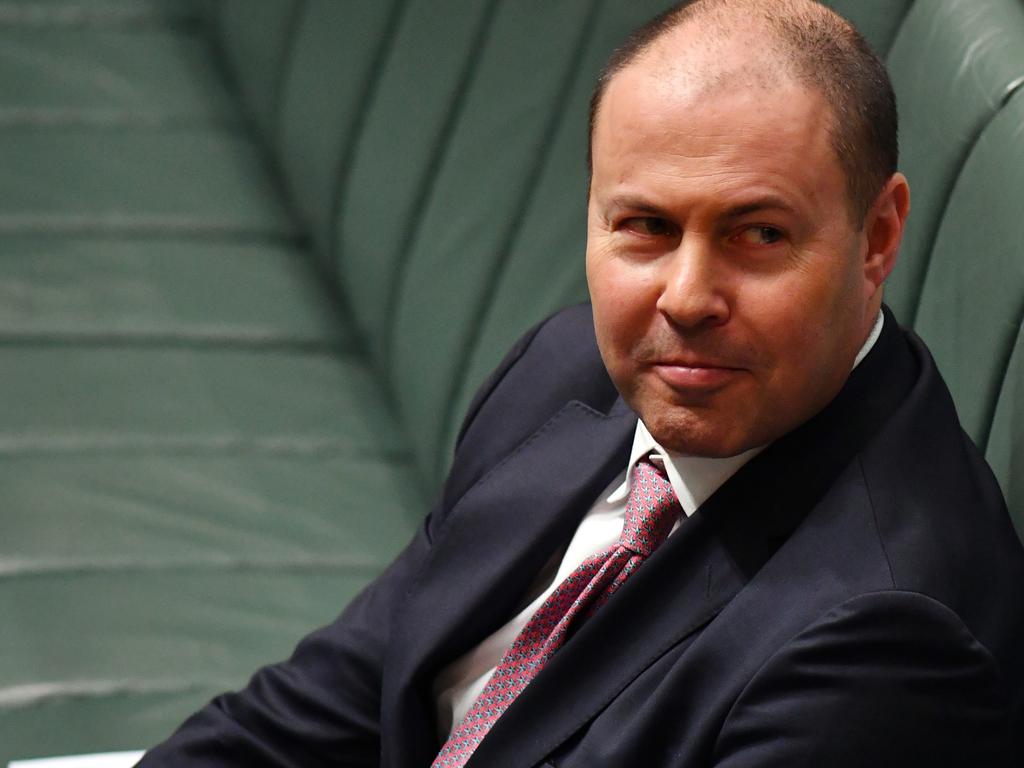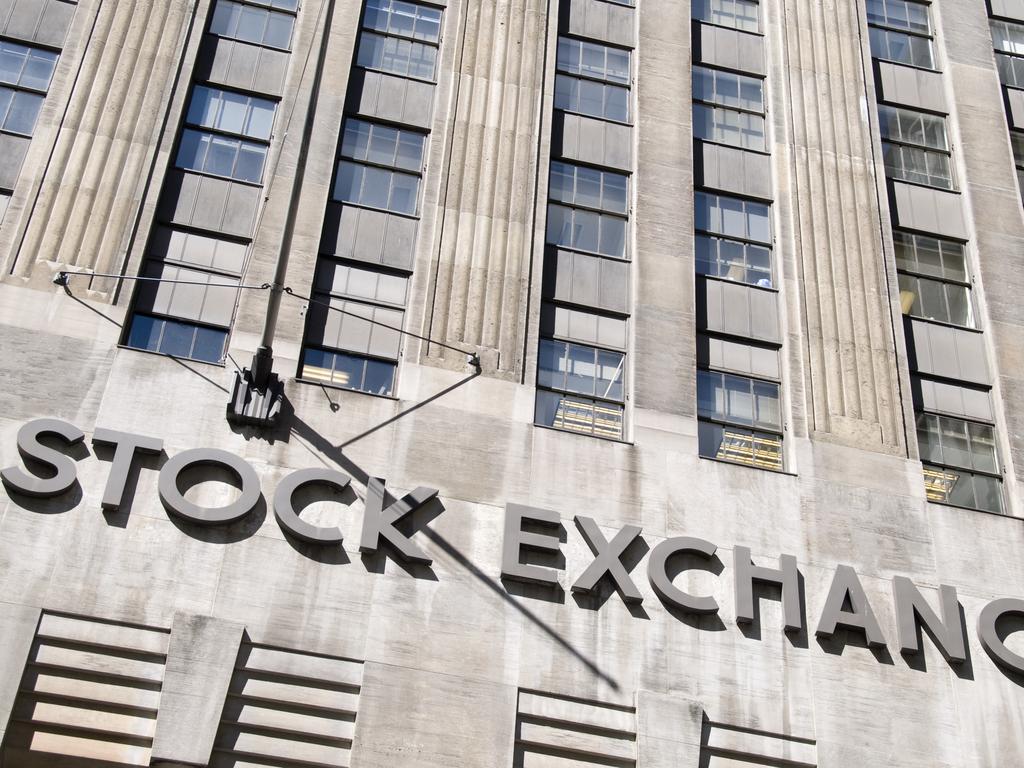
Not really.
In fact, this most unreliable signal of the property market is pretty much close to useless as a guide for investors just now.
Clearance rates across the country might well be touching 70 per cent and if we take the statistics at face value, the numbers are even better than this time last year when they were just 58 per cent.
Except for a few key details.
First, this time last year there were at least three times more homes put up for auction around the nation.
Second, the reality of “clearance rates” is they reflect the numbers that are voluntarily sent in by real estate agents - the picture is invariably better than it seems.
Third, anyone putting a property up for auction in this atmosphere knows they have a prime property with sufficient interest to get a sale.
The truth is that the numbers this month are so downright shrunken that telling us clearance rates are back to normal is like telling us the percentage of pub goers drinking beer is back to normal - the ratio hardly matters if activity has dwindled to dramatically low levels.
Looking more closely at Victoria, traditionally the strongest market for auction activity, the Real Estate Institute of Victoria (REIV) has reported the clearance rate over the past week was a mighty 82 per cent- but there were only 109 properties put to auction.
If there had been 10 less properties for auction - that’s across a city of five million - then we would not even have received a “print” on the statistic at all.
It’s not all gloom and doom. First home buyers are in an exceptionally good position if they can get a mortgage.
But the best thing we can say about auction activity is that the numbers are rising week on week off a battered base.
It’s also true that though the ban on physical inspections and onsite auctions was lifted some weeks ago, it will take a lot longer for the industry to reset to what were traditional patterns of behaviour.
“At these levels the clearance rates are meaningless,” says Martin North of Digital Finance Analytics. “The proportion of properties being sold by auction would need to get up over 60 per cent from around 15 per cent at present to get to a point where we could take them into account. What we need to see is property settlement numbers, and that takes time.”
The latest weekly report from property research group CoreLogic confirmed the numbers behind the clearance rates are less than a third of a year ago.
“The improved clearance rate was across a higher volume of auctions over the week, with 613 scheduled auctions. While volumes were higher week-on-week, they remain significantly lower than what we would usually see, with 2055 homes taken to auction over the same week last year.”
House prices are expected to fall by at least 10 per cent this calendar year marking two years out of the past three when home prices took a dive.
In a worst-case scenario, Commonwealth Bank forecast house prices could fall top to bottom by 32 per cent.
Taking the whole clearance rate issue to a logical conclusion, the REIV reports that regional Victoria managed a 100 per cent clearance rate last week - but then again the total number of properties for auction around the state in that category came to a grand total of six.
Wealth Editor James Kirby presents Your Portfolio, a series of Facebook live Q&A sessions each Wednesday evening at 7.30pm.








Residential auction clearance rates are “back to pre-crisis levels”, according to the real estate industry.